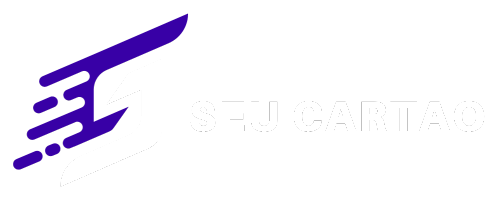As the calendar flips past June, it’s the perfect time to pause and evaluate your financial health. The first half of the year may have flown by, but the second half offers a fresh opportunity to realign your goals, strengthen your finances, and avoid common pitfalls. Just as people reassess their fitness goals mid-year, your finances deserve the same check-in and tune-up
Reviewing the First Half of the Year
Start by looking back. What were your financial goals in January? Did you plan to save a certain amount, reduce debt, or stick to a budget? Pull up your bank statements, credit card reports, and savings trackers. Evaluate where you excelled and where you fell short. Maybe you spent more than planned on leisure or didn’t contribute as much to your emergency fund. Honest reflection is the foundation for progress.
Rebuilding or Refining Your Budget
Your budget is your blueprint. If it didn’t work in the first six months, it’s time to rebuild it or refine it. Consider changes in your income or expenses. Maybe inflation has pushed up your grocery bill or a subscription service you don’t use is silently draining money. Reallocating funds to more urgent or effective categories can make a significant difference.
Setting Realistic, Short-Term Goals
With six months left, break down your big financial goals into smaller, achievable steps. Want to save $3,000 by December? That’s $500 a month. Need to pay off a $1,200 credit card balance? That’s $200 a month. These bite-sized goals create momentum and prevent you from feeling overwhelmed.
Rebuilding or Growing Your Emergency Fund
If the first half of the year depleted your emergency savings, now is the time to rebuild. A solid emergency fund acts as a safety net during unexpected events like car repairs or medical expenses. Aim to set aside at least three to six months of living expenses if you haven’t already. Even small, consistent deposits can add up.
Rethinking Debt Strategy
Are you stuck in a cycle of revolving credit card debt? Are you only paying minimums? The second half of the year is a powerful opportunity to take control. Consider using strategies like the avalanche method (tackling the highest-interest debt first) or the snowball method (paying off the smallest debts first to gain momentum). Consolidation or renegotiation of terms may also be options worth exploring.
Boosting Income Streams
If budgeting isn’t enough, increasing your income might be necessary. Could you take on freelance work, sell unused items, or monetize a skill online? Even temporary side hustles can inject new life into your financial journey and help you meet your goals faster.
Preparing for End-of-Year Expenses
From back-to-school costs to holiday shopping, the second half of the year is often packed with spending triggers. Planning ahead can prevent financial stress. Start a sinking fund now—set aside money each month toward these known expenses so you’re not caught off guard later.
Investing in Financial Literacy
Knowledge is one of the most powerful tools for improving your finances. Read books, listen to podcasts, or take a workshop. The more you learn, the more confident and equipped you’ll be to make smart financial decisions throughout the rest of the year.
Final Thoughts: Make the Second Half Count
The year isn’t over yet—and your financial story is still being written. Use this moment to reset, refocus, and make the choices that your future self will thank you for. Whether your goal is freedom from debt, financial stability, or building wealth, the time to act is now. Let the second half be your financial comeback.




